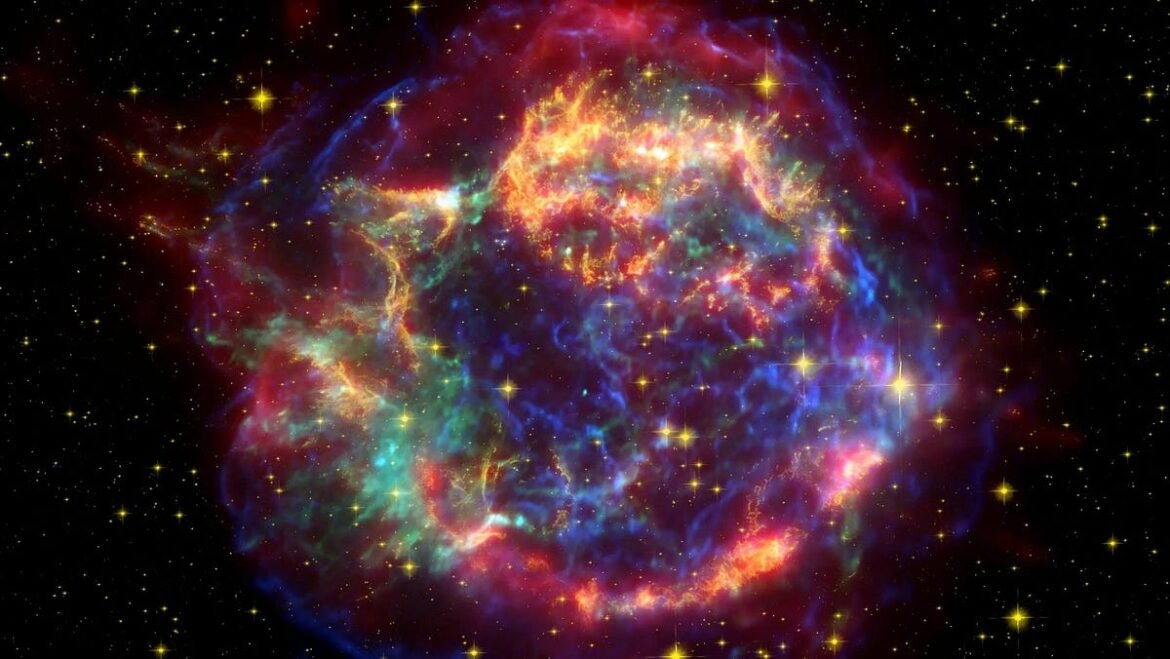The last naked-eye Milky Way supernova happened way back in 1604. With today’s detectors, the next one could solve the dark matter mystery.
In this Universe, few mysteries loom as large as the puzzle posed by dark matter. We know, from the gravitational effects we observe — at all times, on scales of an individual galaxy and upward, and everywhere we look — that the normal matter in our Universe, along with the laws of gravity that we know, can’t fully account for what we see. And yet, all of the evidence from dark matter comes indirectly: from astrophysical measurements that don’t add up without that one key missing ingredient. Although that one addition of dark matter solves a wide variety of problems and puzzles, all of our direct detection efforts have come up empty, yielding only null results.
There’s a reason for that: all of the direct detection methods we’ve tried rely on the specific assumption that dark matter particles couple to and interact with some type of normal matter in some way. This isn’t a bad assumption; it’s the type of interaction we can constrain and test at this moment in time. Still, there are plenty of physical circumstances that occur out there in the Universe that we simply can’t recreate in the lab just yet. If dark…

